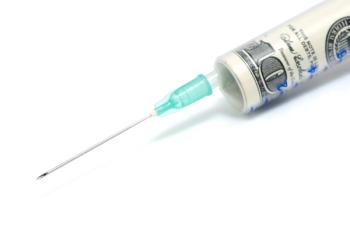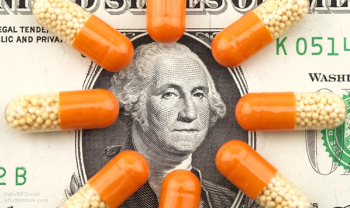
Copays and formulary tiers involve financial incentives to use certain drugs. But is Cigna’s offer of a $500 debit card in a different category?

Copays and formulary tiers involve financial incentives to use certain drugs. But is Cigna’s offer of a $500 debit card in a different category?

Artificial intelligence is improving healthcare methods and insights. But when used incorrectly, AI is rife with pitfalls.

States are putting caps on prices, and Semglee, the first interchangeable biosimilar in the United States, may exert some downward pressure.

But CVS, Walgreens and Walmart differ in how they are setting up in-store health clinics.

Treatments aimed at certain mutations have proliferated and moved upstream to earlier-stage lung cancers. But there are many questions about insurance coverage and which tests to use to identify the biomarkers that help guide treatment.

Community health workers can address social determinants of health, and some programs have been shown to reduce healthcare costs.

Medicare funding shortfalls may trickle down to the Medicare Advantage plans and the Star Rating program bonuses, which have quadrupled in recent years.

Prices in American healthcare are difficult to nail down because they are obscured by secret negotiations between payers and providers and, in the case of drugs, pharmaceutical manufacturers. But that is beginning to change.

For an assortment of reasons, the federal government hasn’t taken any action on regulating drug prices, so a handful of states have taken matters into their own hands.